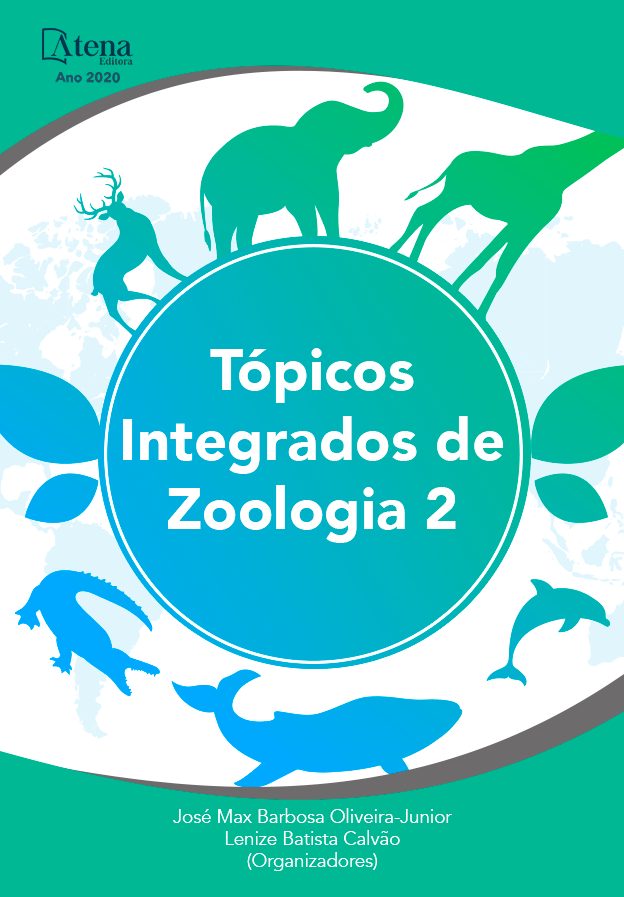
MOLECULAR STUDIES APPLIED TO ELASMOBRANCH CONSERVATION THROUGHOUT THE AMAZON COAST
Os elasmobrânquios são um grupo antigo e diverso de animais que habitam ecossistemas aquáticos amplamente distribuídos pelo globo. Com maturação tardia e produção de poucos descendentes, esses organismos estão atualmente entre os grupos de vertebrados com maior número de espécies ameaçadas de extinção. Dentre os principais ameaça as populações estão a sobre-exploração por meio da pesca predatória e a degradação de habitats ocasionadas pela ação antrópica. Somado a isso, há um grande quantitativo de espécies sobre as quais não se tem informações suficientes que permitam avaliar o seu real estado de conservação. Um dos obstáculos impostos à conservação deste grupo é a não identificação correta dos indivíduos capturados durante atividades pesqueiras e carência de mais estudos que relacionem a atividade pesqueira sobre a diversidade genética. Nesse cenário, o uso de ferramentas moleculares tem se mostrado promissor uma vez que, mesmo negligenciadas, servem de instrumentos na a elaboração de planos e legislações para conservação dos elasmobrânquios. A esse respeito, esta revisão se propôs a mostrar estudos genéticos no litoral amazônico que podem auxiliar na melhor compreensão dos estoques da região e suas dinâmicas em relação a pesca, discutir as principais causas de ameaça aos elasmobrânquios bem como o uso de ferramentas moleculares com fins de conservação, com ênfase em exemplos de espécies que habitam a região do Litoral Amazônico.
MOLECULAR STUDIES APPLIED TO ELASMOBRANCH CONSERVATION THROUGHOUT THE AMAZON COAST
-
DOI: 10.22533/at.ed.6242013118
-
Palavras-chave: Tubarões; Raias; Identificação Molecular; Diversidade Genética; Amazônia
-
Keywords: Sharks; Rays; Molecular identification; Genetic diversity; Amazon
-
Abstract:
Elasmobranchs are an ancient and diverse group of animals that inhabit aquatic ecosystems widely distributed around the globe. Due to late maturation and the production of few offspring, these organisms are currently among the most endangered species of all vertebrates. Overexploitation through predatory fishing and habitat degradation caused by anthropic activities are among the main threats to this group. In addition, a high number of species lacking information to assess their actual conservation status is noted. One of the obstacles to the conservation of this group is the incorrect identification of individuals caught during fishing activities and the lack of further studies that associate fishing activities to genetic diversity. In this regard, the use of molecular tools has shown promise, as they serve as instruments in the development of elasmobranch conservation plans and legislation. In this context, this review aims to show genetic studies on the Amazonian coast that can help in better understanding the stocks of the region and their dynamics in relation to fishing, discuss the main causes of threat to elasmobranchs as well as the use of molecular tools for purposes conservation, with emphasis on examples of species that inhabit the region of the Amazon Coast.
-
Número de páginas: 24
- Eduardo Lopes de Lima
- João Victor Almeida de Carvalho
- João Bráullio de Luna Sales
- LUIS FERNANDO DA SILVA RODRIGUES FILHO


